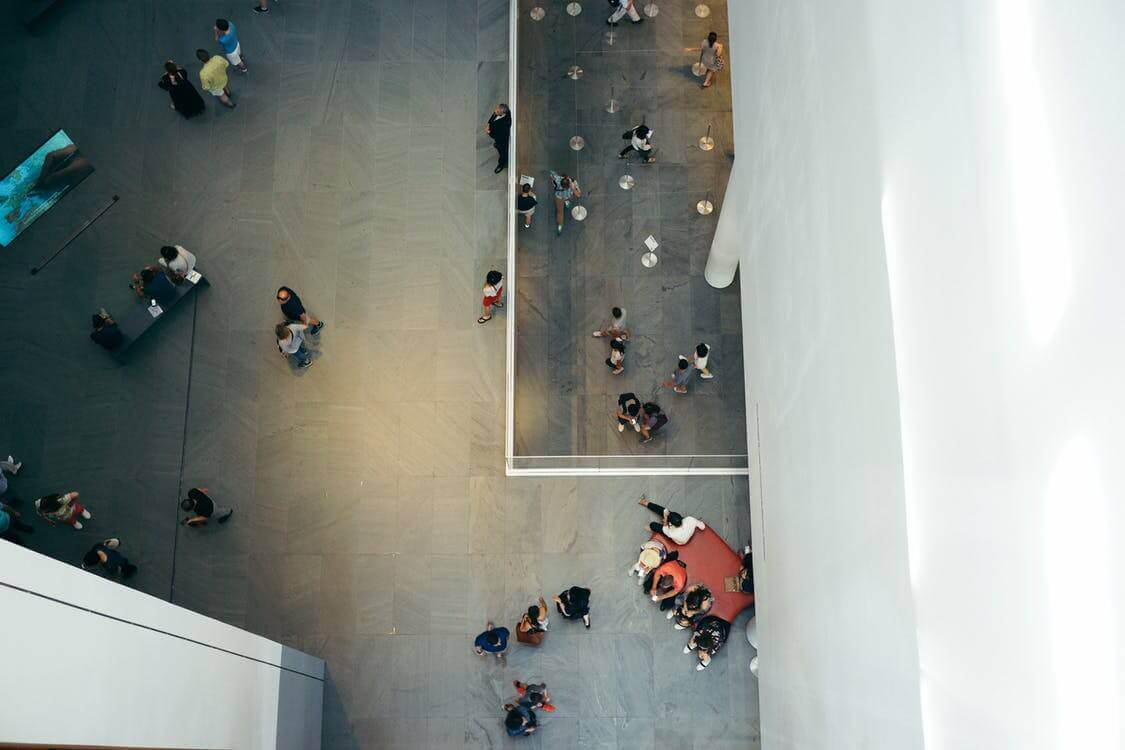#1
What do you miss most about your home when you are away? Use specific details in your explanation.
#2
Many universities now offer academic courses over the Internet. However, some people still prefer learning in traditional classrooms. Which do you think is better? Explain why.
# 3
Evening Computer Classes May Be Added
The computer department is considering offering evening classes in the fall. The proposal to add the classes is a response to student complaints that daytime computer classes have become increasingly overcrowded and there are no longer enough computers available. The department has decided that despite some added expense, the most cost-effective way of addressing this problem is by adding computer classes in the evening. It is hoped that this change will decrease the number of students enrolled in day classes and thus guarantee individual access to computers for all students in computer classes.
The computer department is considering a scheduling change. Explain the man’s opinion of the change, and the reasons he gives for holding that opinion.
M: I just don’t think this will work.
W: Why not?
M: Because it’s not gonna solve the problem. Students are busy at night, I mean, we have jobs, families, clubs, social events, most of us already have something to do every single night of the week.
W: I see your point. I sure couldn’t fit anything in my schedule during the week. I’ve got swimming practice most nights.
M: Right. And as far as the expense goes, I think they are going about the wrong way. I mean, it costs money to hire more teachers in keeping the academic building open later, which is a lot more expensive than just simply buying more computers.
W: More computers?
M: That’s right. Computer prices have come way down in the past few the years, so the department won’t have to spend this much now as they did in the past. Besides, the computer department classrooms, you know, the rooms themselves, they are actually very big. There’s plenty of space to add more computers.
#4
Verbal and Nonverbal Communication
When we speak with other people face-to-face the nonverbal signals we give—our facial expressions, hand gestures, body movements, and tone of voice—often communicate as much as, or more than, the words we utter. When our nonverbal signals, which we often produce unconsciously, agree with our verbal message, the verbal message is enhanced and supported, made more convincing. But when they conflict with the verbal message, we may be communicating an entirely different and more accurate message than what we intend.
Explain how the examples from the professor’s lecture illustrate the relationship between verbal and nonverbal communication.
Last month my favorite uncle paid me a surprise visit. I hadn’t seen him for many years. The door bell rang, I opened the door and there was Uncle P. Now I’m sure when I saw him I said something like “Uncle P what a surprise! How nice to see you!” Anyway my wife was standing next to me and according to her I wasn’t really aware of this. My eyes got really wide and I broke into a huge big smile. She said I was actually jumping up and down like a little boy. Well, anyway, later that evening Uncle P told me how very very good he felt when he saw how happy I was to see him.
But compare that with this, my daughter, she is 6. We were building a birdhouse together last week, and I was showing her how to use a hammer and nail. And of course stupid me I wasn’t being very careful, and I smashed my thumb with the hammer. Boy, it hurt. I almost felt like screaming, but I didn’t want to upset my daughter. So I said “Don’t worry honey. It’s nothing.” Meanwhile I was shaking my hand as if that would stop my thumb from hurting, and my face was contorted in pain. My voice was trembling too. So even though I told my daughter I was OK, I’m sure she didn’t believe me because she kept asking me if I was OK.
#5
The speakers discuss two possible solutions to the man’s problem. Briefly summarize the problem. Then state which solution you recommend and explain why.
M: Hi, um, good morning. Could you help me with something?
W: Um, maybe, what’s up?
M: Well, I’m a first-year student.
W: Everything going OK?
M: Actually no. Um, this is a little embarrassing. I think I left my class schedule back at my dorm.
W: Mm, not a good thing to do on the first day of classes.
M: Yeah, so, I’m not sure where my classes are. I think I remember it was supposed to be here in Smith Hall.
W: There’s a computer for students to use in the Student Center. You can go over there, look it up, and the check the room number. But you’d have to hurry.
M: That’s not a bad idea. I can check my schedule for the whole rest of the day at the same time. I don’t know where any of my other classes are either. But I don’t want to be late, make a bad impression with the professor on the first day. It’s actually my very first class, Introduction to Psychology.
W: Psychology? Oh, ok, you are definitely in the right building. And if it’s Introduction to Psychology, it’s gonna be a big class in which case it probably needs a big lecture hall. There are only three lecture halls in the building, one on every floor. Just check each floor till you find yours. There’s an elevator so you should be able to move fast.
M: Yeah, but I don’t what the professor looks like or anything. How will I know whether it’s my class or not. It’d be sort of embarrassing, sticking my head into each lecture hall, asking if I was in the right place.
W: Well you might luck out and find it the first time.
# 6
Using points and examples from the lecture, explain the importance of visual elements in painting.
In order for art to communicate to appeal to the emotions or the intellect, it has to combine various visual elements to express meaning or emotion. It’s really the visual components of the work, things like color, texture, shape, lines, and how these elements work together that tell us something about the work. Artists combine and manipulate these visual elements to express a message or to create a mood.
Think about how a painter might use color for example. You all know from experience that different colors appeal in different ways to the senses and can convey different meanings. An artist chooses certain colors to evoke particular mood and make powerful statements. The color red, for example, is a strong color and can conjure up strong emotions, such as extreme joy or excitement or even anger. Blue, on the other hand, is considered a cool color. Blue colors tend to have a calming effect on viewers.
Another visual element important to art is texture. By texture I mean the surface quality or feel of the work, its smoothness or roughness or softness. Now of course in some types of art the texture is physical it can actually be touched by the fingers. But in painting for example, texture can be visual. The way an artist paints certain areas of the painting can create the illusion of texture, an object’s smoothness or roughness or softness. A rough texture can evoke stronger emotions and strength while a smooth texture is more calming and less emotional.
As I said earlier, artists often combine the elements to convey a message about the work. Take a painting that, say, uses a lot of strong colors like reds and oranges, and, and uses brush strokes that a broad wide sweeping brush strokes that suggest rough texture. Well, these elements together can convey a wilder, more chaotic emotion in a viewer than, more than, say, a painting with tiny smooth brush strokes and soft and pale colors. Artists use these visual effects and senses they arouse to give meaning to their work. (344)











